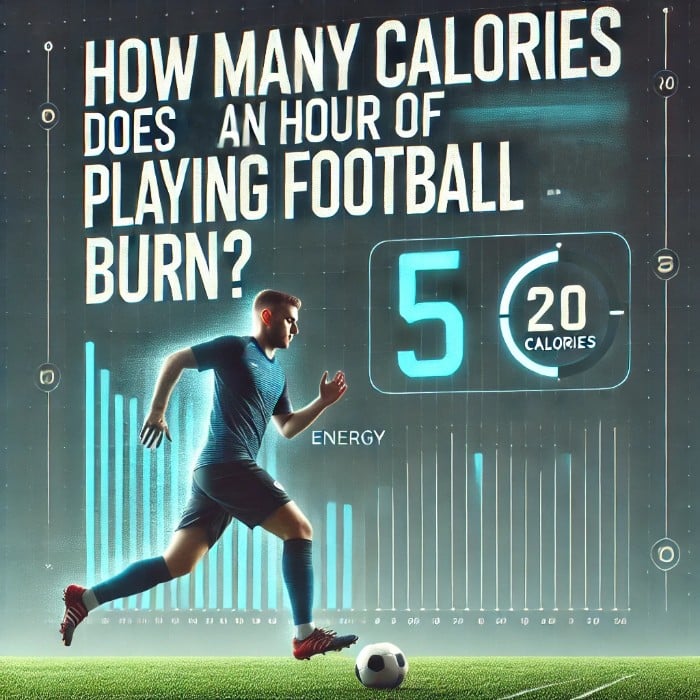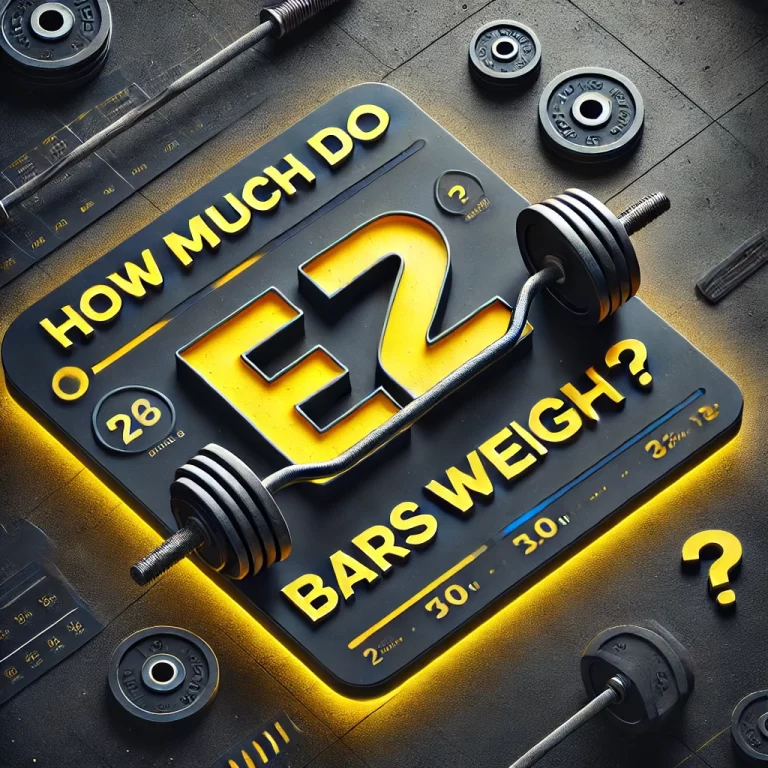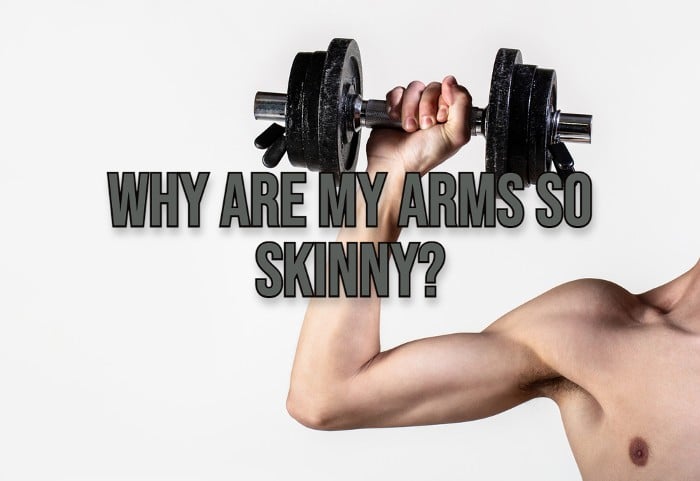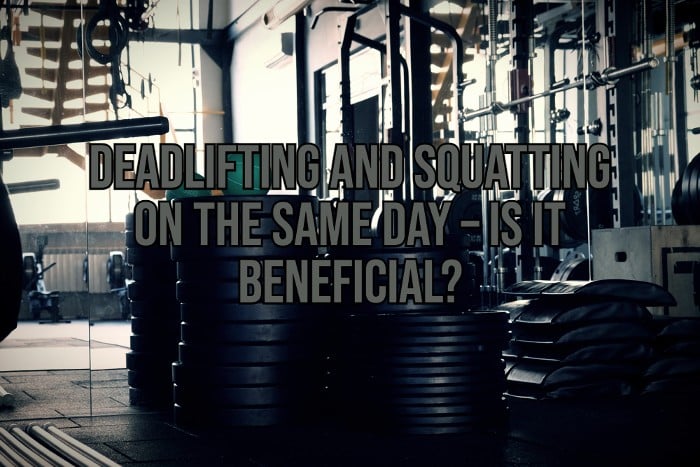How Many Calories Does An Hour Of Playing Football Burn?
Football is one of the most physically demanding sports, combining endurance, sprinting, agility, and constant movement. Whether you’re playing a friendly match at the park or competing in a high-intensity game, you’re constantly running, turning, and pushing your body to perform at its best. But have you ever wondered: how many calories does an hour of playing football burn?
The truth is, that football is an excellent full-body workout, and the number of calories you burn depends on several factors, including your weight, fitness level, playing intensity, and position on the field. Midfielders, for example, can cover over 10-12 km in a single match, while goalkeepers remain mostly stationary with short bursts of movement.
So, if you’re looking for an exciting way to stay fit, torch calories, and improve endurance, football might just be the perfect sport for you. Let’s break down exactly how many calories you burn while playing and how different factors influence your energy expenditure.
How Many Calories Do You Burn Playing Football for an Hour?
The number of calories burned while playing football isn’t a one-size-fits-all answer, it depends on your weight, playing intensity, and overall fitness level. A casual game with friends won’t burn the same amount of calories as a full-on competitive match where you’re sprinting for the ball, making tackles, and staying constantly engaged.
Here’s a general estimate of how many calories you might burn in an hour of football, based on your body weight and intensity level:
| Weight (kg/lbs) | Casual Play (Calories Burned per Hour) | Competitive Match (Calories Burned per Hour) |
|---|---|---|
| 55 kg (121 lbs) | 420-500 kcal | 630-750 kcal |
| 70 kg (154 lbs) | 540-650 kcal | 800-1,000 kcal |
| 85 kg (187 lbs) | 650-780 kcal | 950-1,200 kcal |
| 100 kg (220 lbs) | 750-900 kcal | 1,100-1,400 kcal |
As you can see, your weight plays a major role the heavier you are, the more energy your body needs to keep moving. But it’s not just about weight; the intensity of your game matters just as much. A casual, slower-paced game where you jog and pass the ball around burns significantly fewer calories than an intense, fast-paced match with frequent sprints, challenges, and continuous play.
For example, midfielders tend to burn the most calories because they cover more ground, often running anywhere from 10-12 km per game. Meanwhile, strikers and wingers who rely on explosive sprints and quick movements also burn a high amount of calories but may have shorter recovery periods. On the other hand, goalkeepers burn the least since they move less frequently and mostly engage in quick, reaction-based movements.
If you’re playing at full intensity, you could easily burn up to 1,000 calories in a single hour making football not just a fun game but also an incredible workout for staying fit and improving endurance.
Not every football match is played at the same intensity, and the number of calories you burn depends on several different factors. Some players will burn more calories than others, depending on their position, playing style, body type, and effort level. Here’s a deeper look at what affects your calorie burn:
1. Intensity of Play
The biggest factor in how many calories you burn is how hard you’re playing. A slow-paced, casual game where you mostly jog and pass won’t torch as many calories as a competitive match where you’re constantly sprinting, tackling, and chasing the ball. The harder you push yourself, the more calories you’ll burn.
2. Your Position on the Pitch
Where you play on the field has a massive impact on how much ground you cover and, ultimately, how many calories you burn:
- Midfielders: The workhorses of the team, midfielders cover the most distance often running 10-12 km per game so they burn the most calories.
- Wingers & Full-backs: These positions require bursts of speed and long runs up and down the pitch, making them high-calorie burners.
- Strikers & Defenders: These players rely more on short sprints and positioning rather than continuous running, so they burn slightly fewer calories.
- Goalkeepers: Burn the least since their movement is mostly limited to quick dives, jumps, and short runs.
3. Your Body Weight
Simply put, the heavier you are, the more calories you’ll burn. This is because your body has to work harder to move your weight around. For example, a 100 kg (220 lbs) player will burn significantly more calories than a 70 kg (154 lbs) player playing the same game.
4. Match Duration
Most full matches last 90 minutes, which means even higher calorie expenditure than playing for just an hour. Extra time, overtime, or playing multiple games in one day can drastically increase how many calories you burn.
5. Playing Surface and Conditions
Believe it or not, the type of field and weather conditions can impact how much energy you use:
- Grass vs. Turf: Artificial turf can sometimes require more effort due to its firmness and traction resistance, leading to more calorie burn compared to natural grass.
- Hot vs. Cold Weather: Playing in hot conditions leads to more sweating and energy exertion while playing in cold weather might require more effort to keep your body warm.
6. Age and Fitness Level
- Younger players typically have higher metabolism rates and recover faster, which can help them maintain a higher intensity throughout a match.
- Fitter players with a strong cardiovascular system can push themselves harder, allowing them to burn more calories compared to someone who is less conditioned.
How does Football compare to Other Sports in Calorie Burn?
Football is one of the best sports for calorie burning, but how does it stack up against other popular activities? Here’s a comparison of the average calories burned per hour for a 70 kg (154 lbs) person:
| Sport | Calories Burned per Hour |
| Football (Casual) | 540-650 kcal |
| Football (Competitive) | 800-1,000 kcal |
| Running (10 km/h) | 600-750 kcal |
| Basketball | 600-800 kcal |
| Tennis | 500-700 kcal |
| Swimming | 700-900 kcal |
| Cycling (Moderate) | 400-600 kcal |
What Does This Mean?
- Competitive football burns as many calories as running or swimming, making it one of the best cardio workouts.
- Football burns more calories than basketball or tennis, thanks to its continuous movement and high-intensity sprints.
- Cycling burns fewer calories unless performed at a high intensity.
So if you’re looking for a fun and effective way to burn calories, football is easily one of the best options out there!
How to Maximize Calorie Burn While Playing Football?
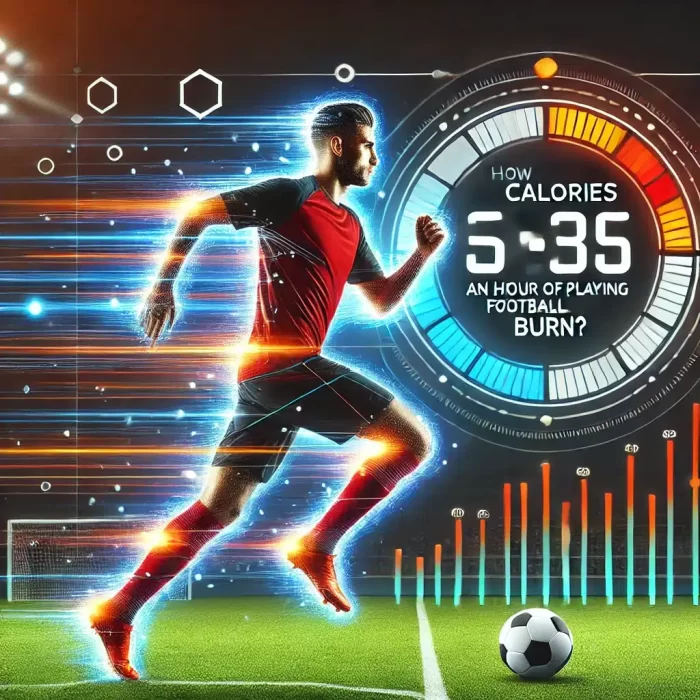
If you want to burn the most calories possible while playing football, there are a few simple strategies you can follow to push your body to its limits:
- Increase your intensity: Instead of jogging around the pitch, focus on sprinting, pressing the opposition, and making explosive movements.
- Play in a competitive setting: Friendly games are fun, but if you want to burn serious calories, play in a league or a competitive match where you’re constantly engaged.
- Switch positions strategically: If you usually play as a defender or striker, try moving to midfield or winger positions to cover more ground and stay more active.
- Extend your playing time: If you usually play for an hour, add an extra 20-30 minutes or play multiple games in a day to maximize calorie burn.
- Stay hydrated and fuel properly: Dehydration leads to fatigue, which slows you down and reduces your ability to maintain a high-intensity game.
By following these tips, you can turn every football session into an intense calorie-burning workout, helping you stay in top shape while enjoying the game you love.
Final Verdict: How Many Calories Does Football Burn?
Playing football for an hour burns anywhere from 420 to 1,400 calories, depending on factors like intensity, body weight, and playing position. Competitive matches demand more energy due to the constant movement, making football one of the best sports for overall calorie burn and fitness.
Whether you’re playing for fun or training at a high level, football is an excellent way to stay fit, burn calories, and improve endurance. So, the next time you step onto the pitch, know that every sprint, tackle, and pass is helping you torch calories and stay in top shape!
